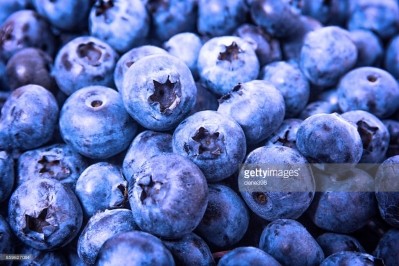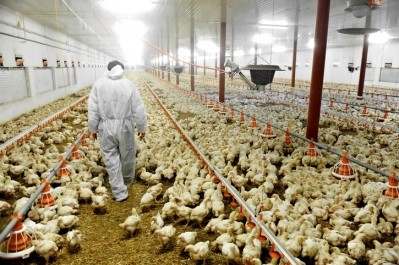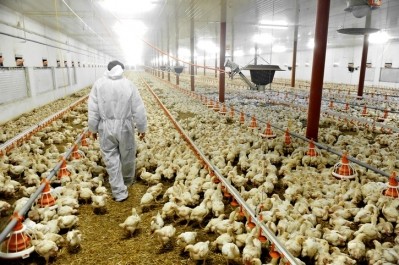Special Edition: Pig and Poultry Feed Trends
Poultry nutrition research award winner identifies priorities

The award was presented to the academic last month by the American Feed Industry Association (AFIA) in partnership with the Poultry Science Association (PSA).
Cowieson, who is principal scientist at DSM Animal Nutrition and Health and holds an associate professorship at the University of Sydney in Australia, was recognized for his work on monogastric nutrition, notably the impact of exogenous feed enzymes on animal health and nutrition.
Phytase enzymes
His research has focused on areas including the use of phytase enzymes as a tool for combating the effects of phytates, which limit the availability of important nutrients such as phosphate in feed. This built on work carried out elsewhere during the 1980s and ‘90s on amylase and carbohydrase and, over the last five years or so, protease enzymes.
“To some extent, I see my research continuing in this area, looking for new enzymes which work more efficiently than those currently in use,” said Cowieson.
But other themes are likely to loom large in his work.
“The avoidance of antibiotics is one of those perennial issues,” he said. “It’s getting a lot of attention in the US just now, because a number of fast food chains have gone public saying that none of their poultry or pork contains antibiotics for growth promotion. That has created a vacuum, given their widespread use. A lot of work is now going into gastrointestinal interventions, in particular, without the use of antibiotics; for example, in preventing pathological blooms of bacteria.”
While many of these interventions are relatively new for the US, the EU livestock industry has been grappling with them since the use of most antibiotics was banned in Europe in the late 1990s.
No silver bullet
“No silver bullet emerged from that change in the EU market,” Cowieson said. “None of the alternative solutions has been as successful as antibiotics.”
The holistic approach now being pursued by the EU industry includes combining nutritional strategies with improved biosecurity. The nutritional angle takes in elements including phytochemicals, pre- and probiotics, supra-nutritional vitamin intake and – of course – enzymes.
“When enzymes improve the digestibility of feed, they are part of that overall solution,” he said.
Meanwhile, Cowieson recognizes the importance of nutrition research that goes beyond enzymes.
“Animals’ nutritional requirements change with their age, and it is important to understand how those various needs are met within particular livestock systems,” he explained. “At the same time, raw materials – wheat, corn and soy – from different parts of the world, with their varying nutrient levels and digestibility, need to be matched with those requirements in the animal.”









